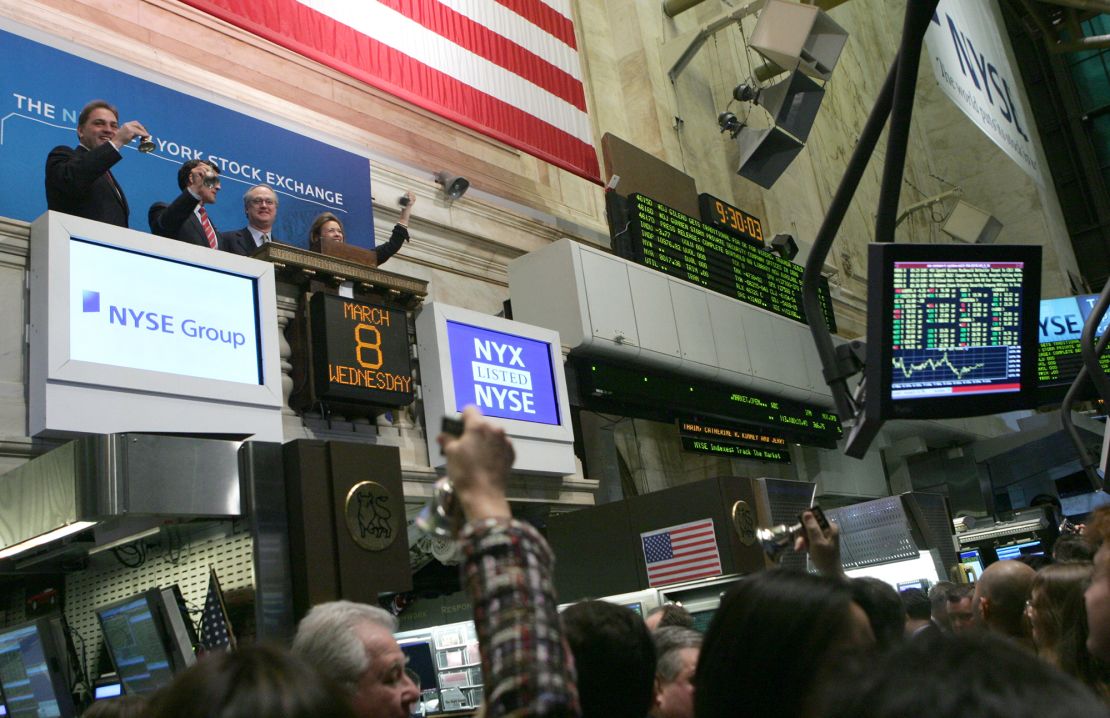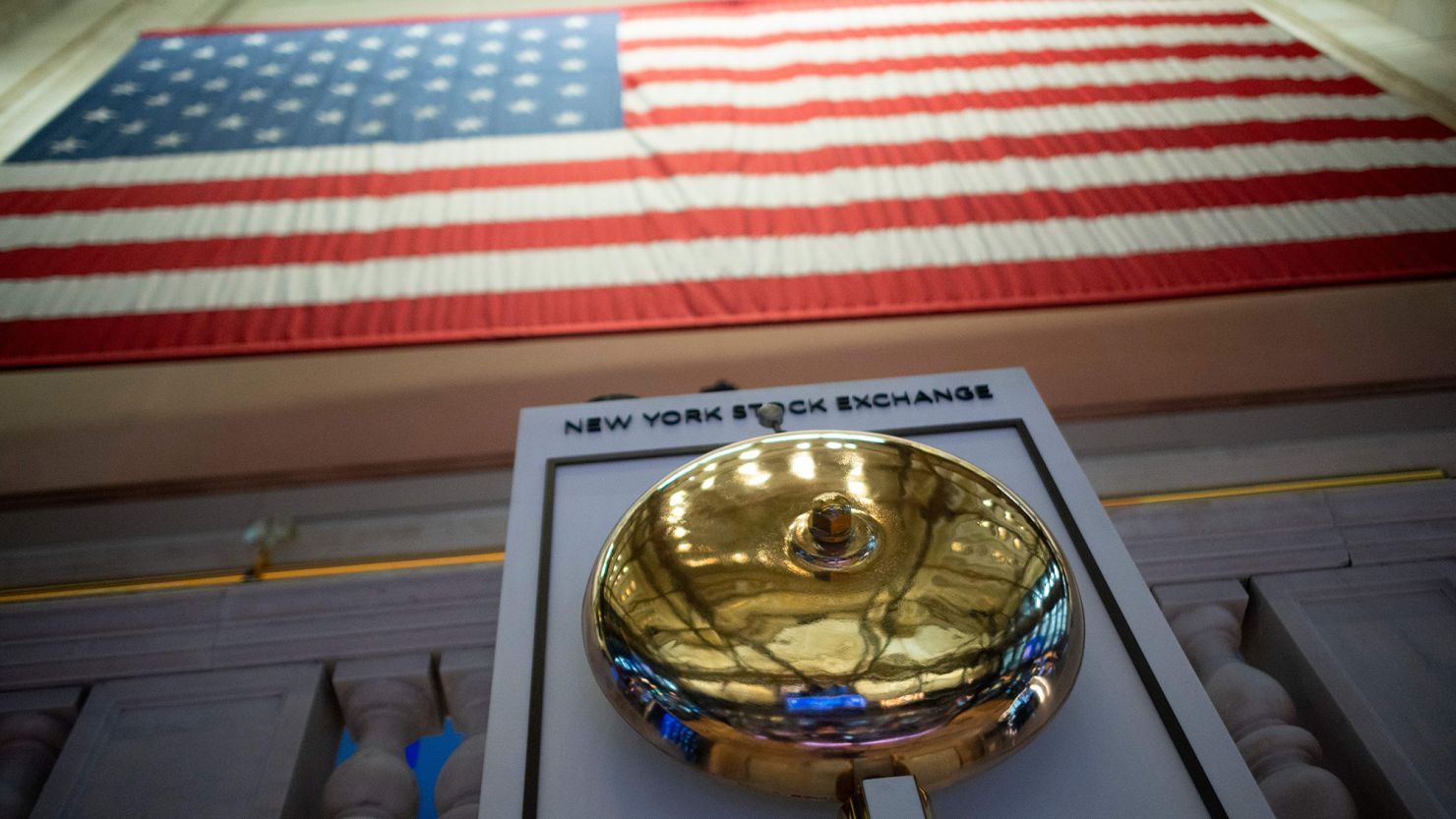The New York Stock Exchange opens every workday morning at 9:30 am ET with the fast-paced bang-clang of a gleaming brass bell. The stock exchange, the largest in the world by market capitalization, has opened with sonic fanfare for more than 150 years.
The sound, so iconic it is trademarked, reverberates across the trading floor again just before 4 pm ET, when the stock market closes. Once a hubbub of screaming floor brokers and countless sheets of paper strewn on the ground, much of the trading is now electronic in NYSE’s hybrid market. The mayhem has largely died down.
From Wall Street to the Nasdaq Exchange in Times Square to Cboe Global Markets in Chicago, loud, ringing bells bookend each trading session.
Stock exchanges say that the bell ringing remains both a critical guide and a ceremony that celebrates the market’s resilience through devastating lows and exuberant highs.
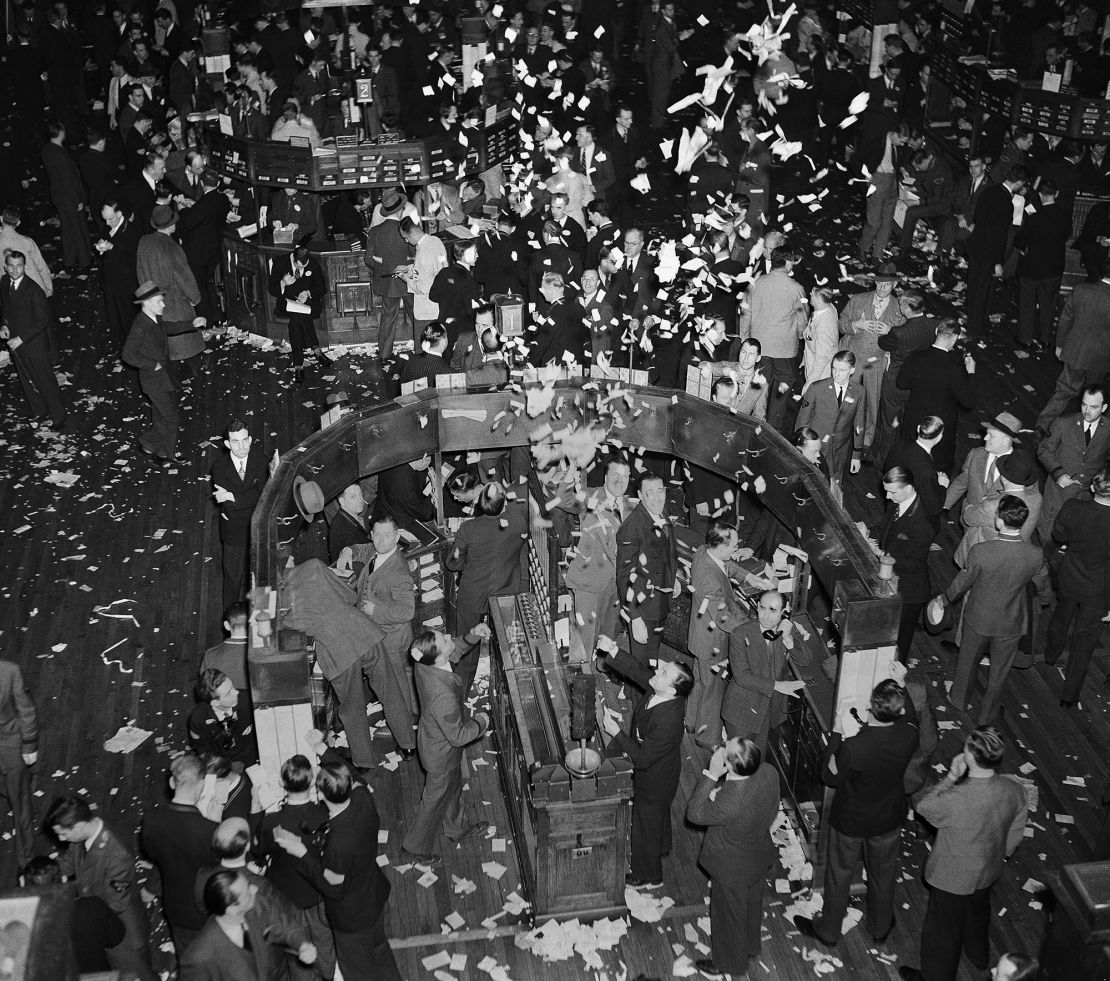
“There may be fewer people responding to those bells, but there’s still a significant percentage,” said Peter Asch, the NYSE’s chief historian. “That bell is an important marker for them, whether they’re putting the order in electronically or physically going to the point of sale.”
Guests from Reagan to the ‘Jersey Shore’ cast
The New York Stock Exchange had about 5,000 people on the floor at its most crowded, between the 1950s and the beginning of the 21st century. Now, there’s roughly 300, according to Asch. There are cameras and producers for business television networks that film at the exchange and invited guests. The exchange is not open to the public.
Anyone can apply to ring the NYSE bell. There is an online form to fill out and no fee. But there are requirements.
Guests from President Ronald Reagan to tennis legend Serena Williams to the cast of MTV’s “Jersey Shore” to South African President Nelson Mandela have rung the bell. The bell ringing has also become an honor (or a marketing opportunity) for many CEOs, often commemorating a special occasion such as an initial public offering.
The opportunity is first reserved for companies listed on the NYSE, but other organizations and non-profits are also invited.
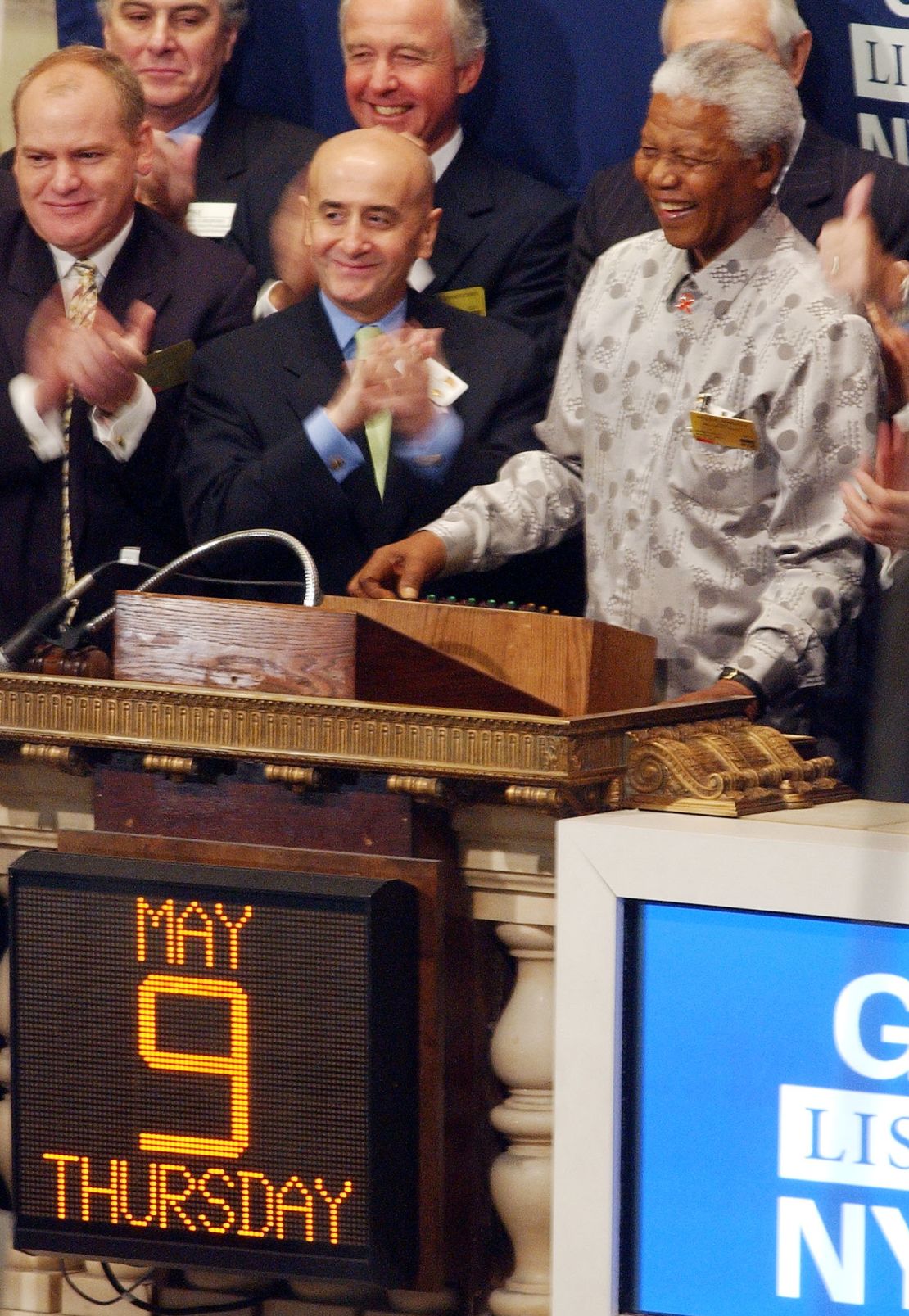
‘There’s no hiding under your desk’
Unlike at the NYSE, where the bell is rung electronically via a button that must be held down, Cboe’s bell must be manually rung using a tassel. The opening bell rings at the same time as those of the New York exchanges, and the closing bell is rung at 3:15 pm CT (4:15 pm ET) when Cboe’s index options products close.
David Howson, global president at Cboe Global Markets, says that he recommends guests give the tassel at least five strong yanks to produce a sound loud enough to pierce through the trading floor din. But guests are sometimes timid with the ringing, he says, and the workers on the floor don’t always make things easier.
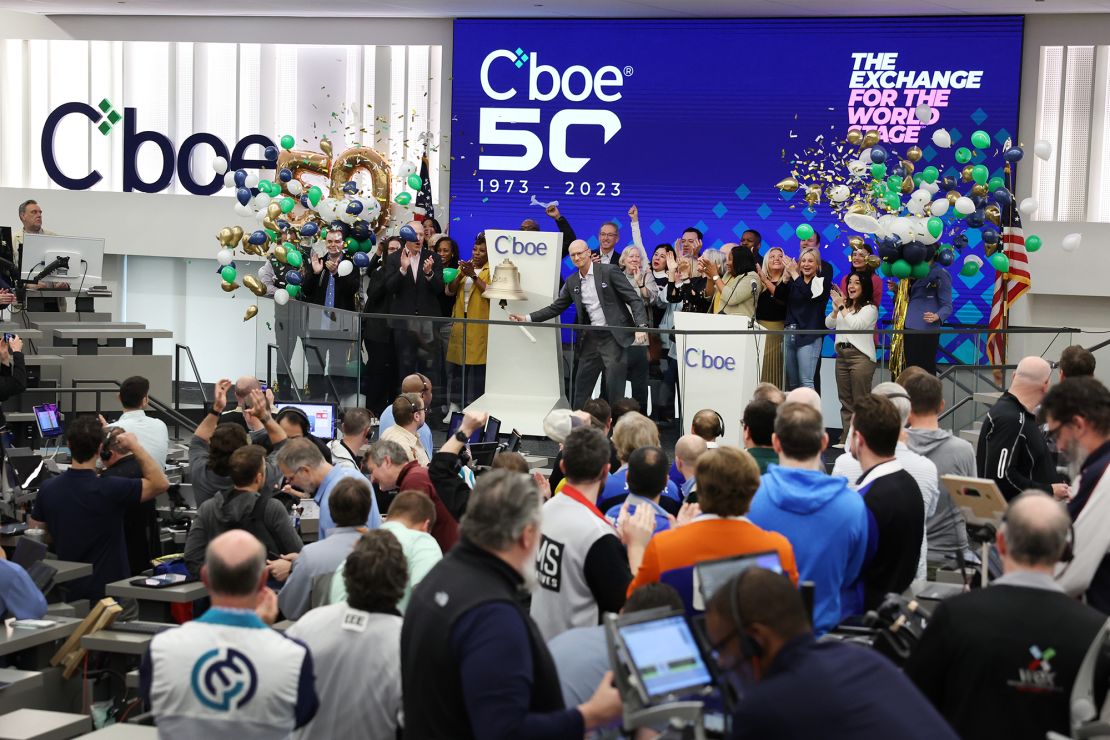
“We did have a short period of time where the traders on the floor were trying to encourage the bell ringer to ring the bell early … just for a bit of fun,” said Howson.
For others, the bell ringing has been cause for a different kind of cheer. Mark McCooey, a financial adviser at Morgan Stanley, was a floor broker at the NYSE from 1990 to 1997. He recalls eating lunch standing up and being on alert even when going to the bathroom, ready to spring if a call came through at any second. Some people on the trading floor would wear pedometers and log between six to eight miles of steps daily by walking between different stock panels.
“It’s constant. There’s no hiding under your desk,” he said. “So it really is quite a relief to hear that second bell.”
McCooey says that by the end of the day, he would find himself ankle-deep in discarded paper. Sometimes, white rice and other foods were dumped on the floor, and the sheets would stick to people’s shoes as they waded through the debris. On slow days, people would staple order papers together on the back of others’ jackets to create 10-foot long tails. Custodians would later sweep it all up into four- to five-feet high piles.
The Nasdaq Exchange has never had a trading floor. But its opening and closing bell ceremonies celebrate the connection between Wall Street and Main Street, says Karen Snow, global head of listings at Nasdaq.
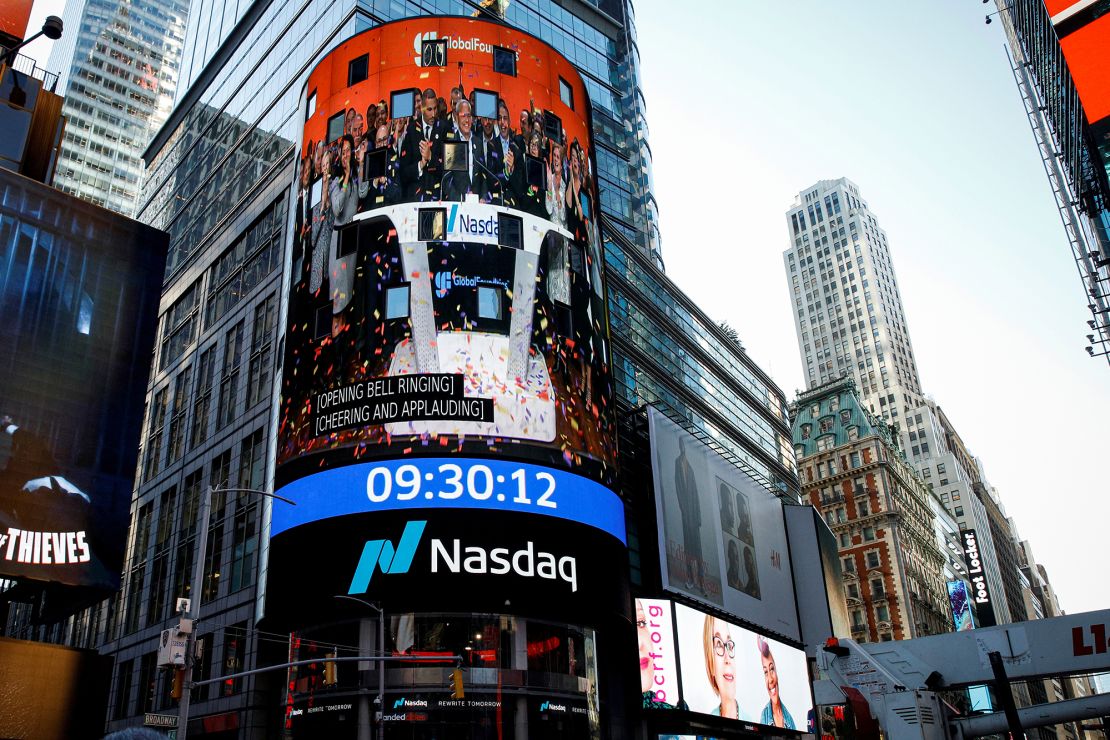
The podium where the bell ringing takes place faces expansive windows that look onto Times Square. Pedestrians will often crowd together to watch the festivities from outside.
On March 8, representatives from Microsoft, Bumble and UN Women, an entity of the United Nations, were invited to the closing bell ceremony in celebration of International Women’s Day. Pink confetti shot out from a machine in front of the podium as the bell rang. (Bell ringers get to choose the color.) Dua Lipa’s “Dance the Night” from the “Barbie” soundtrack blared once the bell finished tolling. (“Barbie” was distributed by Warner Bros., which is owned by CNN’s parent company, Warner Bros. Discovery.)
“It’s like Christmas, you know, pick the holiday. It’s tradition. It’s very deeply rooted in our culture, and I think the culture of America,” said Snow.
Sometimes, the bell ringing has been a somber occasion.
The NYSE, located just a handful of blocks from the World Trade Center, shuttered briefly following the 9/11 terrorist attacks. Many employees of financial firms that had offices in the Trade Center were lost or injured in the attack. Much of the communications and utilities needed to trade stocks was damaged or destroyed.
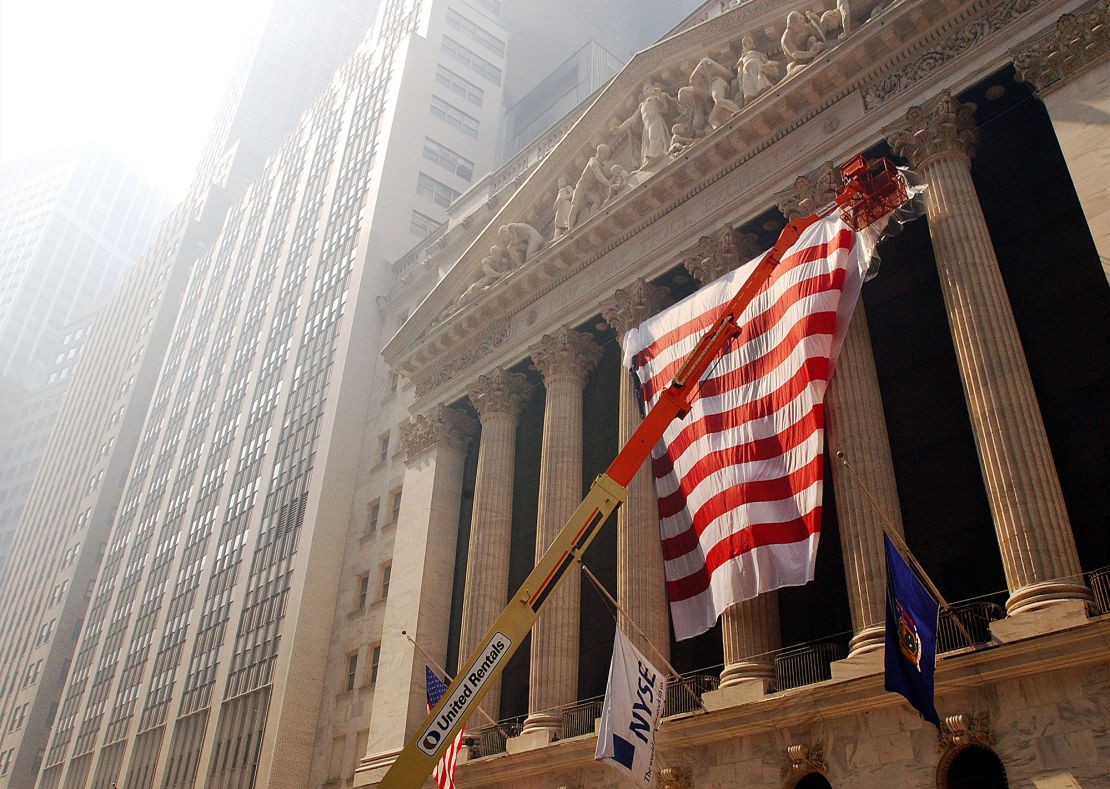
The Dow Jones Industrial Average tumbled more than 684 points on September 17, 2001, when the US stock market reopened; at that point that was the biggest one-day point drop on record. The blue-chip index went on to log its worst five-day performance since the Great Depression.
“I recall opening the exchange after 9/11 and and closing that trading day as well,” said Trudi Wagner, who worked on the NYSE trading floor from 1993 to 2007. “Those were really, really scary. There was so much [trading] volume.”
You can take the broker out of the Street, but not the Street out of the broker
Former floor brokers say that their days are still somewhat dictated by the stock market’s hours. Wagner still has recurring nightmares about missing the high-speed ferry she used to take from New Jersey to Manhattan and arriving too late to hear the opening bell’s clanging.
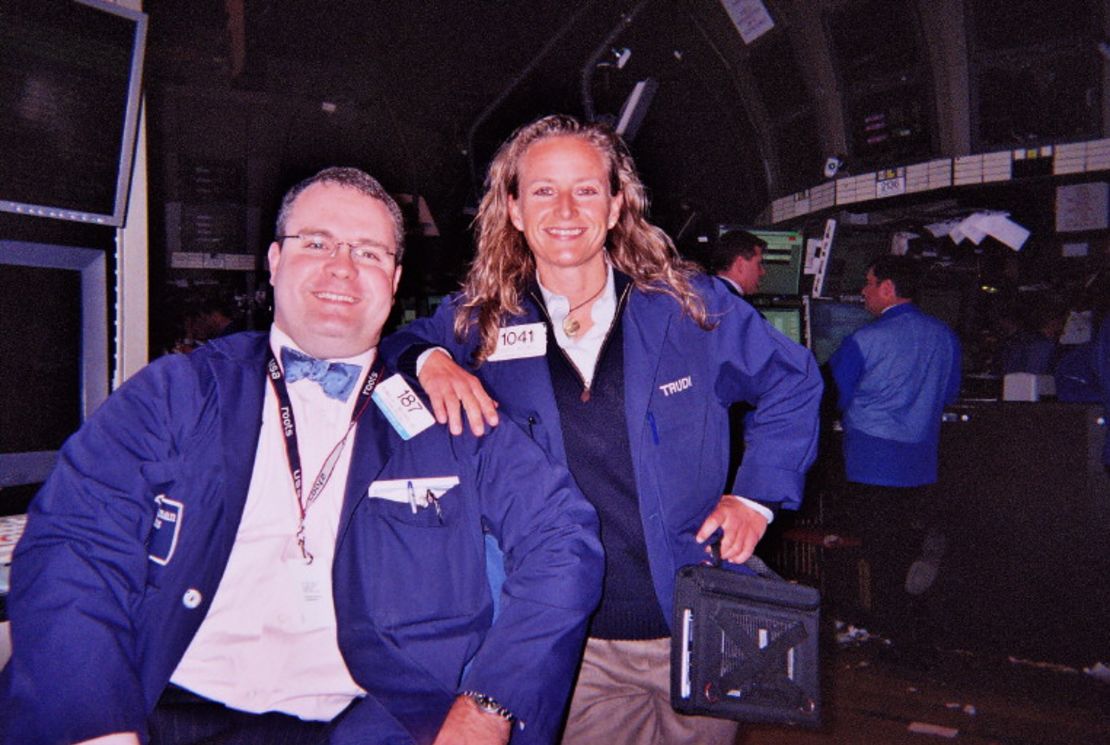
That’s not to say there weren’t perks that came with the job. At the NYSE, where she most recently held a seat on the exchange as a vice president at Goldman Sachs, her work day was done once the closing bell rang and her trades were closed. Wagner says she would zip home after shedding her blue trading coat, sometimes getting to New Jersey by 5:30 pm if she were fast enough. She would often head over to the beach.
Now the co-owner of cheese and charcuterie specialized grocery stores in Charleston, South Carolina, her work hours are decidedly less cut and dry.
One ritual that’s stuck with Wagner, 17 years after she left Wall Street? She still listens to the opening bell most mornings on TV. “I look at the clock, and 9:30 am and 4 pm will always be in my mind, about the significance of those times,” Wagner said.
